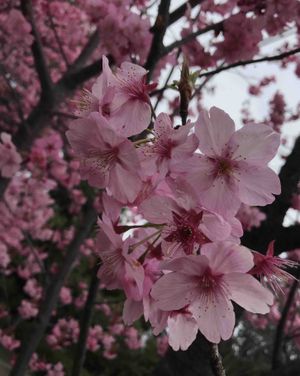Why fall in Japan is extra special
It’s a special time in Japan when the colors of the leaves change – koyo. It’s not just fall. Beloved by Japanese people, it is almost a special season of its own defined by autumn foliage.
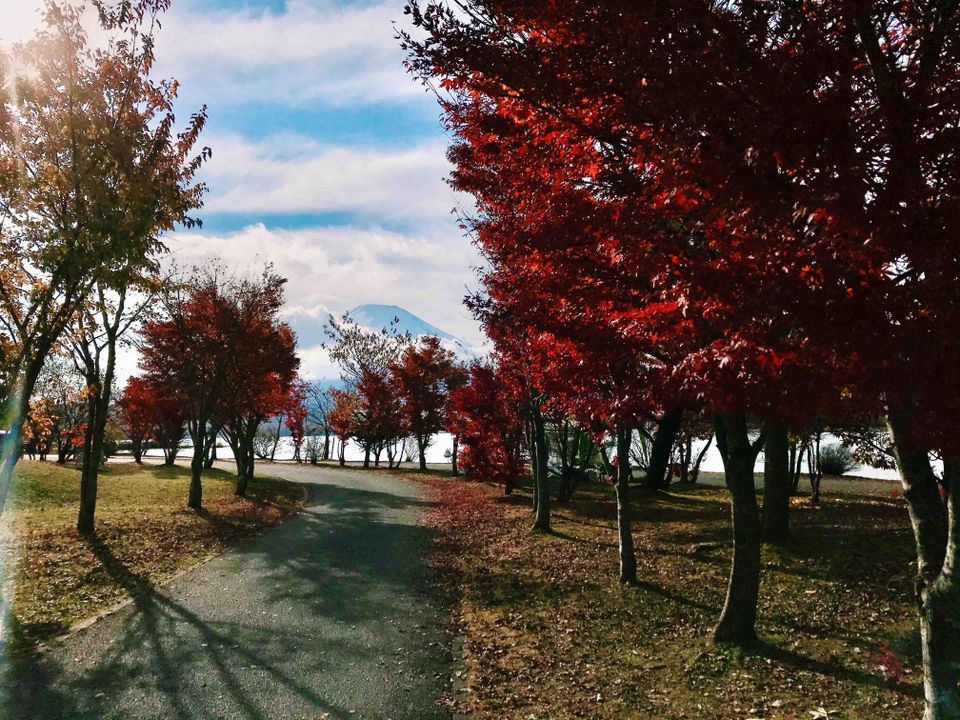
It’s a special time in Japan when the colors of the leaves change – koyo. It’s not just fall. Beloved by Japanese people, it is almost a special season of its own defined by autumn foliage.
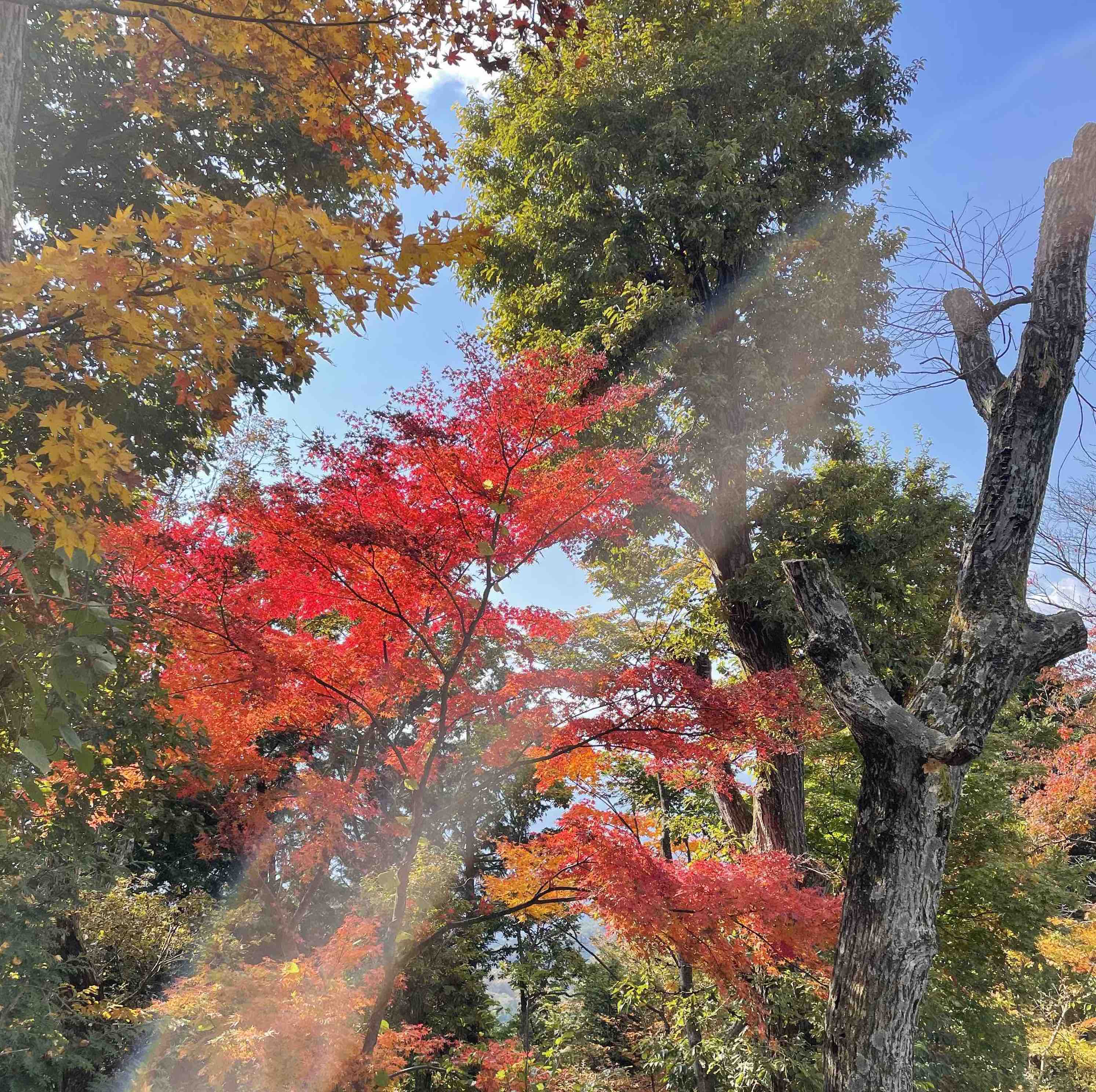 Its beuatiful when you get the four colors: Red, Orange, Yellow, and Green
Its beuatiful when you get the four colors: Red, Orange, Yellow, and GreenHow’s the weather where you are? Getting colder? Bare trees? Or perhaps, you’re in the Southern Hemisphere preparing for summer?
Here in the Kanto region the leaves are changing colors. There is a special word for this, kōyō (紅葉). Similar to Sakura season, people love to go out and view the autumn leaves. It’s not uncommon to travel and take a trip to regions that are known to be especially beautiful.
Let’s break down the Kanji. 紅 means red (deep red/crimson) and 葉 means leaf. So literally it means red leaves. Makes sense. Interestingly, this exact spelling is also used for Momiji, the word for Japanese maple trees.
紅:Deep red/crimson 葉: Leaf
In the US, I loved the fall colors and many others do as well. But travelling out of the state to go see the leaves change? Not the usual, but not unheard of. (According to my grandmother, it used to be more common. But now it seems like most people stay within their state.)
One thing wonderful about Japan, is that there is a koyo map. The Japan Weather Association releases their koyo forecast map, so people can plan ahead to view the leaves.
 Forecast showing the forecast of the autumn leaves
Forecast showing the forecast of the autumn leavesWhat do people do?
So in the spring, people hanami (花見 the verb for viewing flowers, usually sakura.) In fall people momijigari (紅葉狩り) which means viewing the fall leaves. If you have been following the blog, you might notice that there are quite a bit of special nouns and verbs in the Japanese language related to nature. I suspect that it has to do with the long history of Shintoism in Japan and the importance of nature. What do you think?
If you recall, momijigari uses the same kanji as koyo, but in this case is read as Momiji (I am not sure why), but the term encompasses more than Momiji trees. 狩りmeans to collect or hunt. In this case, people are not physically collecting trees or leaves, but memories perhaps. So this fall, go out an momijigari!
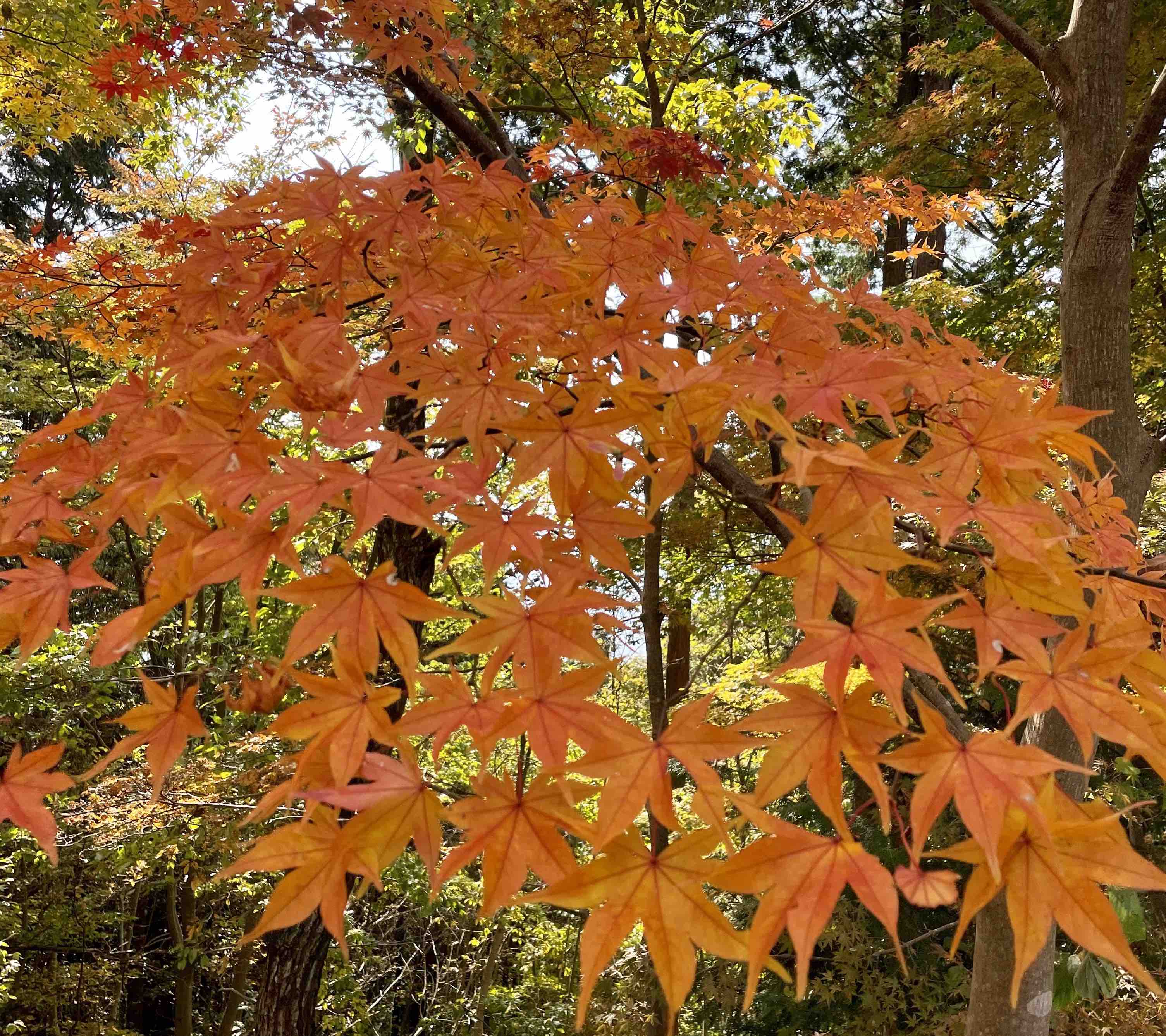 Orange/yellow Momiji leaves
Orange/yellow Momiji leavesWhere do people go?
Some popular places people like to go are…
Nikko (日光)
Nikko is a quite popular to visit. It is located in the mountains of Tochigi Prefecture just north of Tokyo. You can imagine a mountain town, surrounded by mountains, lakes, and beautiful colored leaves.
Kyoto (京都)
Arashiyama 嵐山 in Kyoto is especially famous. The old capital of Japan is filled with beautiful buildings and filled with history, all adding character and beauty to the autumn colors.
And for those in Tokyo who don’t wish to travel far...
To name a few, people like to visit Okutama in the western part of Tokyo (basically the country part of Tokyo.) There are quite a bit of mountains and to be honest, its so natural it doesn’t seem like Tokyo at all. Near Okutama is Mt. Takao is also especially popular. And lastly, in town Meijijingu, one of the most famous shrines in Japan.
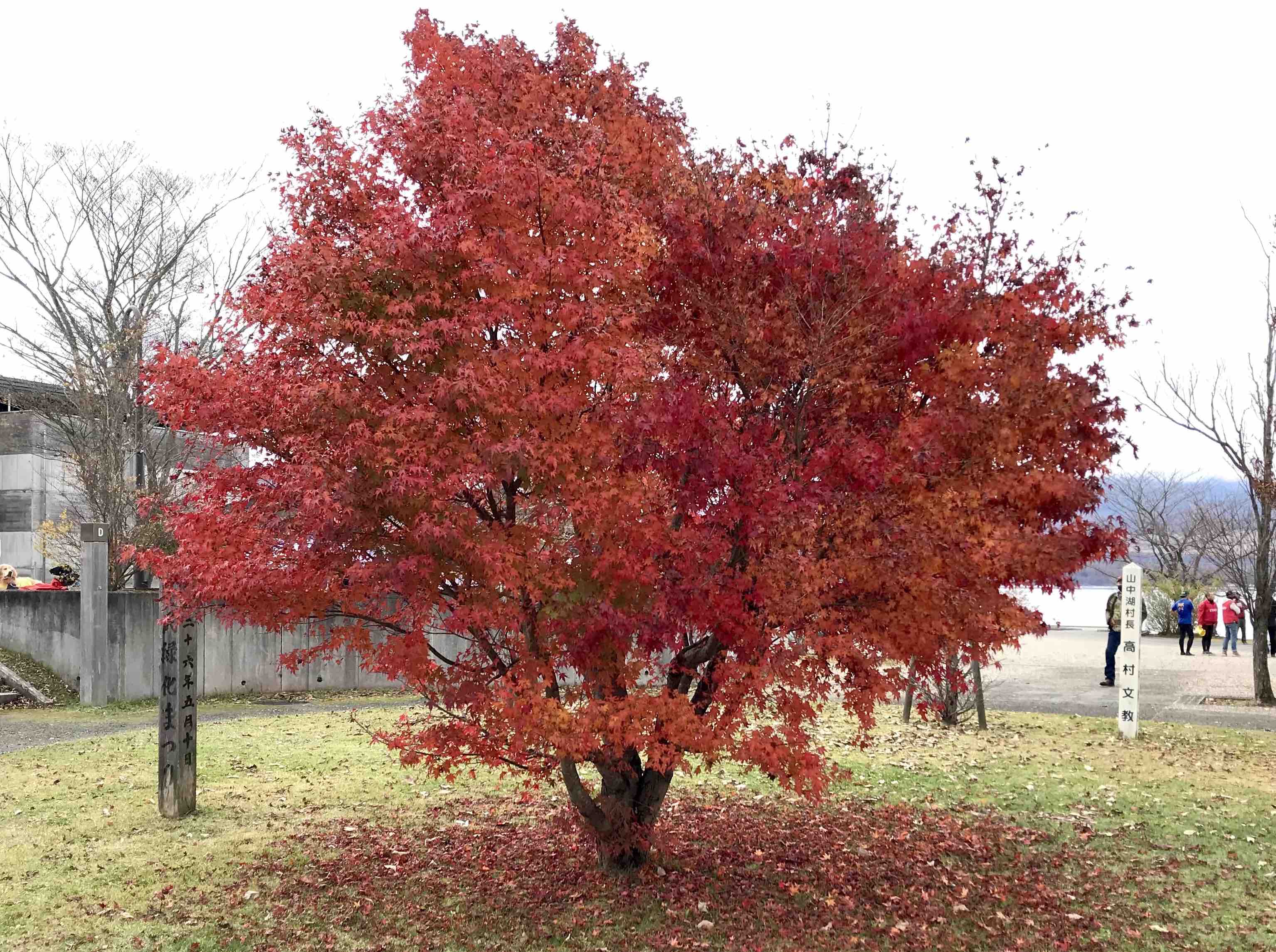
How do Japanese people feel about kōyō?
I asked a few friends who grew up in Japan what they thought and their feelings about Koyo. Seems to be positive. Here are their quotes:
Every year, I always go and see the trees. In Japan, kōyō is almost as important as Sakura season. People love traveling to go see the trees, but there does not have to be much traveling involved. A lot of people will visit the neighboring prefecture or even the local parks to go and see.” – Woman in 50s
This just speaks to the seriousness of koyo
“I feel relaxed…and it makes me feel warm and fuzzy. But not to the extent of candles and warm baths – because we are getting to that season. I partially feel sadness because things are dying. It’s beautiful, but it is sadness, like death is approaching.” – Woman in 20s
“I like the momiji manjus more than the momiji trees.” – Woman in 20s
Momiji manju is a type of sweet. It is a cake(kind of) shaped like a Momiji leaf and is filled with sweet red bean paste.
It’s not only locals who enjoy the autumn colors
There is a decent amount of foreign tourism around October as well. Not surprisingly, in the past three years (pre-pandemic 2017-2019) there is a peak in April (Sakura season), the July and December (due to travel breaks), and…October? Many sources on the web say that is it due to Koyo as the tourists are not just from one country. In particular, there are a lot of tourists coming from China and Vietnam.

While I do not know about airline ticket prices during October, I suspect they are cheaper than in April and definitely the holiday season. So it might be worth considering a visit during this time.
Closing thoughts
Japan is defined by the four seasons (I think there is five, and each one brings something special to anticipate and enjoy. Autumn brings the colorful fall foliage and having an actual word for it only enhances the significance and appreciation for the beauty.
P.S. My friend wrote me a poem about poem for the blog, but it only works in Japanese for those who can read it. There is a play on words with Hapa/Happa. (I’m sorry for those who cannot read it!)
花より団子ならぬ葉っぱより団子

